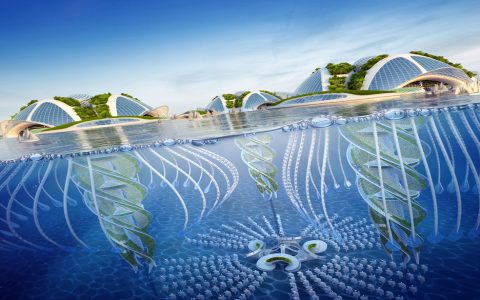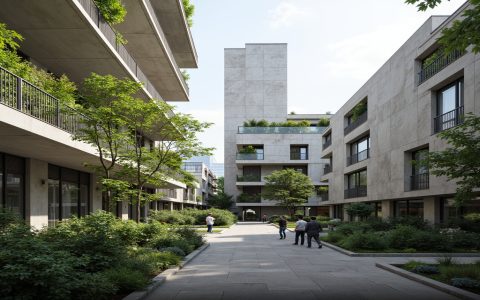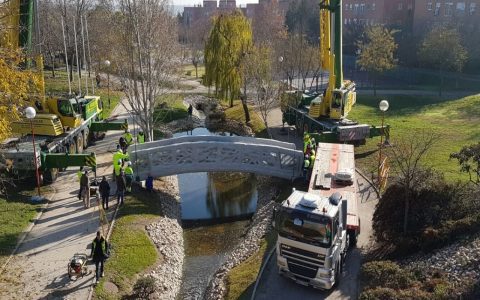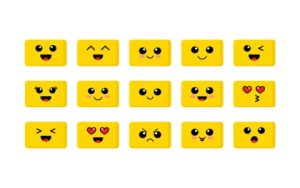Designed by Takaharu and Yui Tezuka, Fuji Kindergarten in Tachikawa, Tokyo, is internationally renowned as a paradigm of innovative educational architecture and pedagogy.
5 Key Facts Explaining Its Fame:
- Radical Oval Roof Design: The school's defining feature is its vast, uninterrupted oval roof acting as an immense playground. Children run freely on it, up ramps, and around trees growing through openings, promoting constant physical activity.
- Safety-Integrated Freedom: Architecturally, the design creates inherent safety – low guardrails (just over knee-height) and a circular layout allow children to be seen almost everywhere. This "calculated risk" environment fosters independence and confident exploration.
- No Walls, Continuous Space: Internal classrooms have almost no fixed walls, defined instead by furniture and movable storage cubes. This open plan minimizes noise disturbance surprisingly well and encourages fluid movement, collaboration, and multi-age interactions.
- Nature & Play-Centric Philosophy: The design deliberately minimizes traditional classrooms, prioritizing access to outdoor play and engagement with nature (trees integrated into the structure, courtyards). Play is the core curriculum driver.
- Montessori Principles Amplified: Beyond aesthetics, the open, child-accessible environment embodies Montessori ideals. Freedom of movement, choice, mixed-age learning, and practical life skills are intrinsically supported by the physical structure.
Its fame stems from how the building itself is the primary pedagogical tool, creating a unique environment where physical freedom, connection with nature, and social development are seamlessly integrated, challenging conventional kindergarten design globally.







